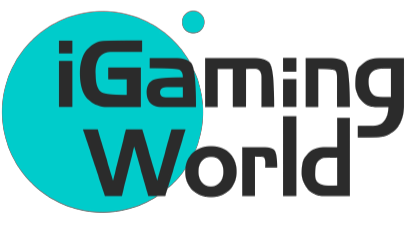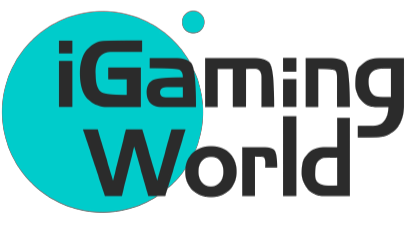GambleAware has reported an increase in people accessing the National Gambling Support Network (NGSN), with a more than 10% rise also being recorded in the number of people receiving treatment for gambling harm compared to the previous year.
In response to the annual report, the gambling support charity’s Chief Commissioning and Strategy Officer, Anna Hargrave, noted that part of the reason why there is an increase in people receiving support and treatment is that the service has “been able to identify and support people at a much earlier stage”.
The Annual Statistics for the National Gambling Support Network report covered the period of 1st April 2023 to 31st March 2024 and showed the number of people who received treatment and support from the NGSN.
The report also provided insight into the characteristics of people who received treatment and support, the details of treatment outcomes, as well as the trends in treatment and support over the past nine years.
Commissioned by GambleAware, the NGSN offers free, confidential treatment and support services for gambling harm, working with the NHS and other third-sector organisations.
Operating across England, Scotland and Wales, these treatments and interventions are tailored to an individual’s specific needs and are available to anyone experiencing gambling harm, including those affected by someone else’s gambling.
NGSN treatment and support is split into three tiers. Tier two is “initial early intervention and support for people worried about their gambling, which may involve speaking to a trained professional from one of the NGSN’s regional or national services who will give initial support and if treatment is required talk people through their options”.
Tier three includes “forms of treatment such as one-to-one support, group treatment, or cognitive behavioural therapy (CBT)”, while Tier four is described as “the most specialised and intensive level of care within the NGSN, where a person stays at a residential treatment centre”.
According to the annual statistics, a total of 10,754 people received either treatment or support from the NGSN. Of that figure, 7,463 received structured treatment such as CBT, one-to-one support or residential care.
The latter figure represents a 12% increase in the number of people with gambling harm who received treatment from the previous year. However, the report noted that “approximately half of this increase is accounted for by the inclusion of an additional service provider – the Primary Care Gambling Service,” in the Data Reporting Framework.
“Not only have we reached more people, we have been able to identify and support people at a much earlier stage and that is part of the reason why we have seen an increase in people receiving treatment and support.”
GambleAware Chief Commissioning and Strategy Officer Anna Hargrave
The report stated that the overall number of people receiving treatment included “3,291 receiving Tier 2 treatment only, 6,931 receiving Tier 3 treatment and 532 receiving Tier 4 treatment. Among those receiving Tier 3 or 4 treatment, 3,048 clients also received Tier 2 treatment”.
Of the almost 7,500 people with gambling harm who received treatment, 6,225 were people who gambled while 1,214 people were impacted by someone else’s gambling or at risk of developing problematic gambling behaviour.
The report also said that the proportion of people seeking support due to another person’s gambling has “increased over time and was higher this year (15%) than the past five-year average of 13%”.
For the first time, the annual statistics included figures on the number of people who received early intervention for gambling harm. 3,291 people received early intervention and support to talk about their gambling, while 3,048 people received early intervention and then went on to receive treatment.
Hargrave commented: “In 2023, we launched new commissioning arrangements that expanded the NGSN’s scope to include prevention and early intervention, in addition to treatment. This means that our services are now working much more closely with local communities, reducing stigma and removing the barriers to accessing treatment.
“Not only have we reached more people, we have been able to identify and support people at a much earlier stage and that is part of the reason why we have seen an increase in people receiving treatment and support. Our new commissioning arrangements also included the addition of the Primary Care Gambling Service who work closely with our third sector providers enabling us to support more people across the NGSN.
“We look forward to the introduction of the statutory levy on gambling operators and the future gambling harms commissioning system, and we will continue to work in partnership with all those in the sector including the NHS.”
GambleAware noted that other key findings from the annual statistics report include that 95% of those who completed their treatment saw an improvement. Among those, the rate of problem gambling fell from 87% to 10% between initial assessment and completion of treatment.
The NGSN report also showed that 50% of people looking for treatment had their first appointment within six days of contacting the service, while 75% had their first appointment within 12 days.
Among those receiving treatment for their gambling, 66% reported being in debt due to gambling, 24% experienced a relationship loss and 11% experienced a job loss because of their gambling.
Professor Dame Clare Gerada, Director of the National Primary Care Gambling Service, added: “We work closely with third-sector organisations and charities to care for patients and their affected others experiencing gambling-related harms.
“Working as part of the National Gambling Support Network (NGSN), we share our clinical expertise and skills in gambling-related harm to those network members and learn from each other. This allows us to enhance the care all of us can provide to patients and ensures those experiencing gambling harm receive the most appropriate care and support when needed.”



